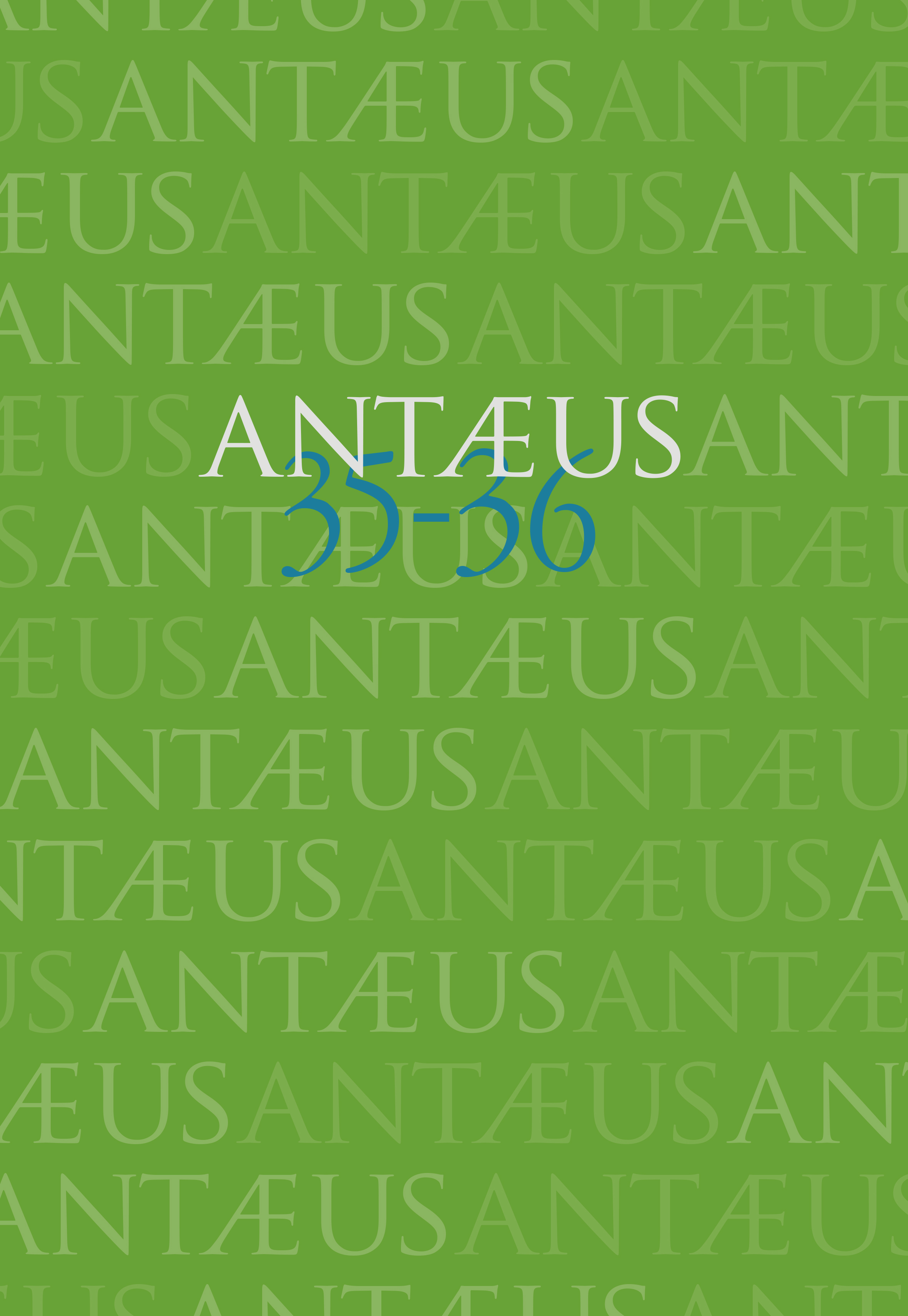|
Keszthely-Fenékpuszta in der Spätantike: Ein Vorbericht über die deutsch-ungarischen Ausgrabungen zwischen 2009 und 2017 Orsolya Heinrich-Tamáska – Roland Prien 
AbstractLocated on the western shore of Lake Balaton, the site of Keszthely-Fenékpuszta has been in the focus of archaeological research for over 150 years. It provides a unique possibility to study transformation processes in Pannonia during Late Antiquity. While scholarly attention was principally directed at the cemeteries of the so-called Keszthely culture, recent excavations carried out by a German–Hungarian research team focused on the inner buildings of the late antique castrum. Larger public baths and a neighbouring aula, both built in the fourth century and remaining in use until the fifth century, were uncovered in the south-western part of the fortress. North of these structures lies a large building complex with at least three building phases. The first phase is characterised by a layout resembling late Roman peristyle villas, while the second displays an austere architectural design suggesting an administrative building. The third building phase consists of numerous heavy pillars that may have been part of a large representative building. The three phases together span the period between the early fourth and the seventh century, and bear witness to a settlement continuity throughout the entire late antique period. |
![]()



